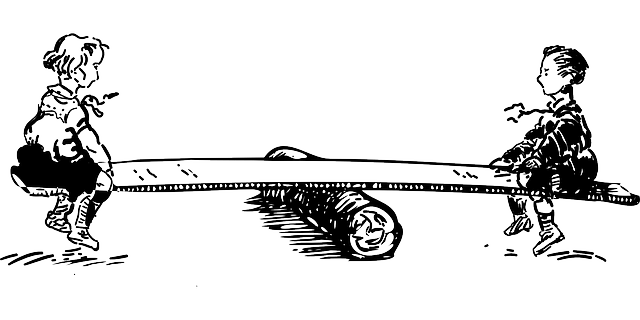The Sleuth Triumphant – Confront the Killer at the End of Your Mystery

In the first act of the mystery, you laid out all your detective’s skills one by one as new situations arose. In the middle, you frustrated all those skills by exposing your sleuth’s weaknesses. Now at the end, you can bring back those skills and strengths as your detective confronts the killer.
Your detective has learned from his mistakes in the middle. Now, as she confronts the killer all her skills come into play to reveal the killer. She knows how and why the killer attacked the victim. She must do one last task – get the killer to confess. Or, if the killer doesn’t confess, your sleuth must make it clear that the killer is the one who committed the murder.
Q&A
14:54 Q: I’m confused. I’ve heard about Aristotle’s three-act structure, but you talk about four acts. Why is that?
Pull Out All the Stops
Finally, you can reveal your protagonist’s skills. Whether it’s deductive reasoning, observation, determination or a combination of skills, get your reader to see how all the frustrations and setbacks naturally led to the final revelation.You are about to write The End.
36 The war of attrition begins as the antagonist’s forces fight harder and your protagonist is isolated from the allies and resources he was counting on. The antagonist’s minion or resource that was neutralized is brought back into play or replaced by someone/thing even more powerful.
Your detective can’t make contact with any of her allies and has to go after the killer alone. The killer now seems to have an ironclad alibi or escapes an approach by your detective. She’s got to take this on by herself and the killer is just beyond her grasp.
You’re in the plot structure climax, stage four: war of attrition
37 Your protagonist steps forward to battle the antagonist mano a mano. The true extent of the antagonist’s power (and the depths of his evil) become clear, and the antagonist gains the upper hand. (Twist here?)
Your detective finally finds the killer. But the killer has a surprise for the detective. Your detective may have made a false assumption or misread the killer’s intent. The killer pulls out one last trump card, one the detective didn’t expect. Whether it’s a battle of wits or hand to hand fighting, the killer plays that one last card.
You are head to head in the plot structure climax, stage five: mano a mano.
38 Your protagonist realizes how he can strike the decisive blow and defeat the antagonist—and he does. (This is the last place in your story for a twist.)
The detective looks the killer in the eye and gets the confession. In the battle of wits, he pulls out the piece of evidence that condemns the killer. In a physical fight, he wins. Twist this up by having the opponent inadvertently supply that one last piece. The killer may hem and haw but finally admits to the crime.
In plot structure, you are there! Climax, stage six: from the ashes of disaster.
39 Your protagonist reacts to the defeat of the antagonist who is or has been disposed of, and out-of commission allies might be recovered or revived. (Subplot A) (Subplot B)In the aftermath of victory, your detective surrounds himself with supporters. The opponent gives up, for the moment, in the wake of the detective’s victory. The love interest may appear one last time. Any loose threads from anywhere in the story get tied up here.Plot structure: resolution, stage one: sweeping up.
40 Your protagonist and any surviving allies may celebrate their victory and console each other on their losses as they tie up all remaining loose ends (including a romance subplot, if there was one). Your story ends with your protagonist reaffirming how he’s changed and how he’s remained the same as a result of his ordeal (through both his words and his actions).
The detective celebrates either at a party or home alone. The love interest may join him. One last pithy thought on fighting crime from your detective.
Mysteries often combine 39 and 40. You’ll need to use your discretion. If you are tied to 40 chapters, add another chapter earlier, with a complication, of course.
You are done!
This is resolution, stage two: reconnection in plot structure.
You Did it! You Wrote The End!
All the planning and brainstorming paid off. The conclusion reveals your sleuth as the hero your readers will love. Celebrate all the frustrations and setbacks you dreamed up. Revel in your creation of a sleuth worthy of your reader’s attention from start to finish.
Now, put the manuscript aside for at least a week. Don’t even peak. Work on your next story. Take a vacation. Give your family your full attention. Just let the manuscript simmer. It’s OK to write possible changes – you’ll think of some – but don’t look at the manuscript. Give it a break. That way you’ll be able to enter the editing process with fresh eyes.
You can understand how the work you did on your character background at the very beginning and any additions you made as you wrote, help deepen your character, their skills, and reader involvement.
Congratulations! You finished your mystery.
Zara Altair
Zara Altair writes mysteries set in ancient Italy. Her course for beginning writers Write A Killer Mystery is coming soon. Get on the notification list.




